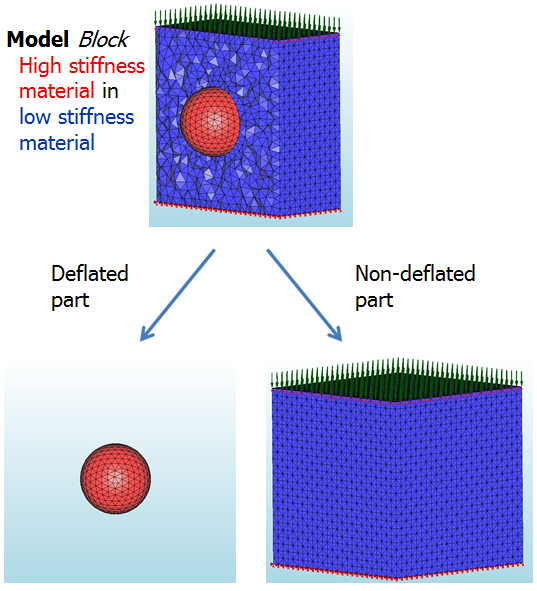Improving the iterative methods in TNO DIANA using physical properties
of the underlying model
Alex Sangers
Supervisor: Martin van Gijzen
Site of the project:
TNO DIANA BV
Delftechpark 19a
2628 XJ Delft
The Netherlands
Supervisor TNO DIANA: Dr.ir. G.M.A. Schreppers
start of the project: September 2013
In December 2013 the
Interim Thesis
has appeared and a
presentation
has been given.
The Master project has been finished in June 2014
by the completion of the
Masters Thesis
and a final presentation
has been given.
For working address etc. we refer to our
alumnipage.
Summary of the master project:
DIANA is an extensive multi-purpose finite element software package
that is dedicated,
but not exclusive, to a wide range of problems arising in Civil
Engineering including structural,
geotechnical, tunnelling, earthquake disciplines and oil and gas
engineering. One of the
computationally most intensive parts of a finite element analysis is
the solution of one or more
systems of linear equations, i.e., solving Ku = f. For this purpose a
number of direct and
iterative solution methods are available in DIANA.
As the demand for larger and more accurate finite element analysis grows
every year, so do the
corresponding models. These large three-dimensional problems can lead
to millions of degrees of
freedom and thus, to an equally large system of equations. Iterative
methods have proved to be able
to solve these systems in a reasonable time and require less memory
than the direct methods.
The purpose of this research is to find out what problems are occuring
with the iterative method of
DIANA and how to solve these problems. One direction which will be
considered is deflation based on
the physical properties of the underlying problem, such as material
properties. Another technique
that will be addressed is preconditioning (scaling) the system of
equations based on the type of
degree of freedom, such as translation, rotation or pressure.

Using deflation, the different physical properties can be used to solve
the problem in an efficient way

An application of TNO DIANA

Contact information:
Kees
Vuik

Back to the
home page
or the
Master students page of Kees Vuik


![]()
![]()